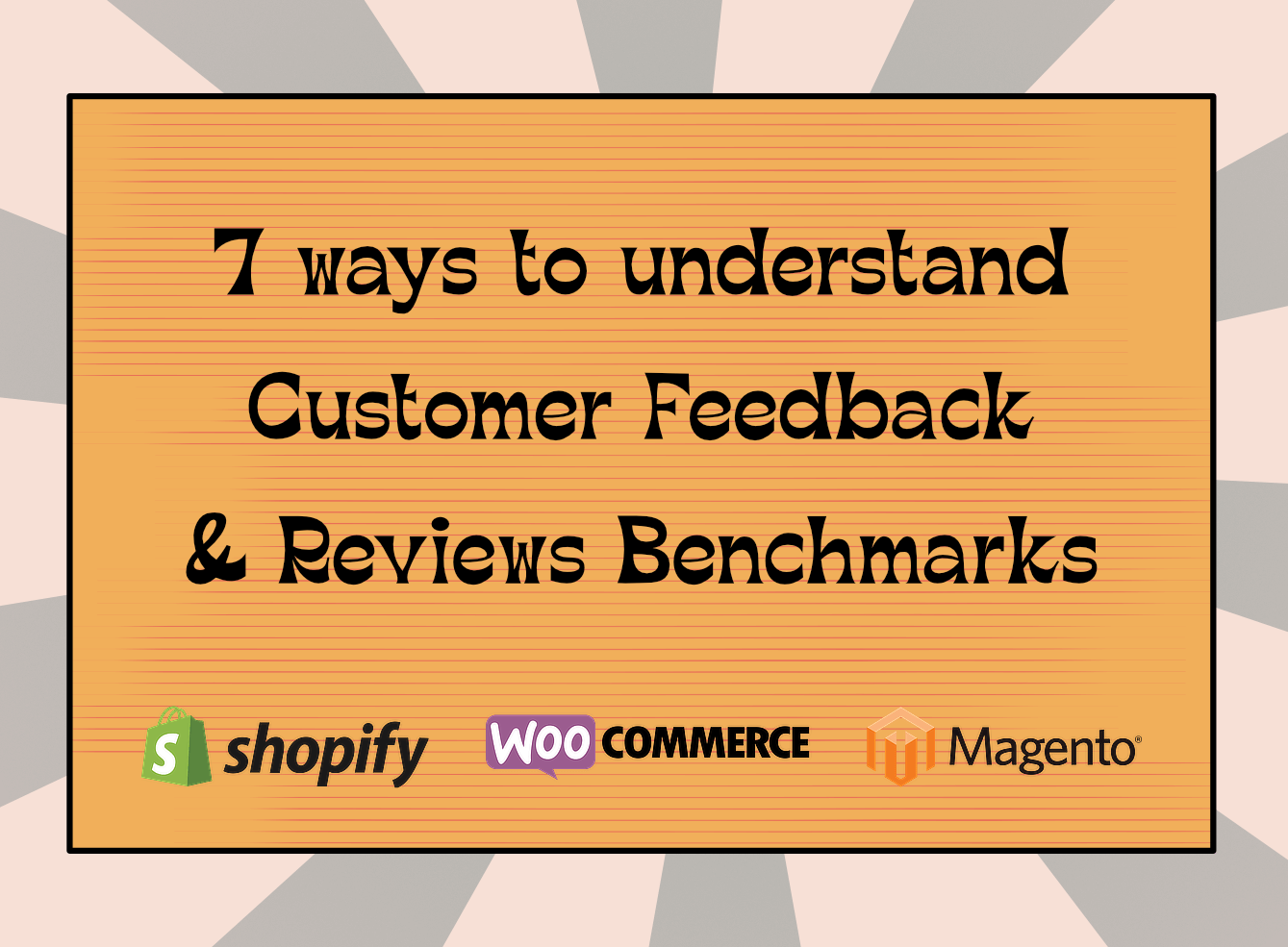Customer feedback and reviews are vital for any business striving to enhance its products and services. Understanding the benchmarks for these metrics can provide crucial insights into customer satisfaction and loyalty, guiding strategic improvements. In this blog post, we’ll explore seven effective ways to interpret customer feedback and review benchmarks, helping you to better understand your audience and elevate your business to new heights.
7 key Customer Feedback and Reviews Benchmarks
1. Average Star Rating:
Average Star Rating: Indicates overall customer satisfaction and product quality.
- Good Benchmark: 4.0 stars and above
- Moderate Benchmark: 3.5 to 4.0 stars
- Low Benchmark: Below 3.5 stars
2. Review Response Rate:
Review Response Rate: Shows how actively you engage with your customers and address their concerns.
- Good Benchmark: Respond to at least 80% of customer reviews, especially negative ones
- Moderate Benchmark: Respond to 50% to 80% of reviews
- Low Benchmark: Respond to less than 50% of reviews
3. Net Promoter Score (NPS):
Net Promoter Score (NPS): Measures customer loyalty and their likelihood to recommend your brand to others.
- Good Benchmark: NPS of 50 and above
- Moderate Benchmark: NPS of 20 to 50
- Low Benchmark: NPS below 20
4. Customer Satisfaction Score (CSAT):
Customer Satisfaction Score (CSAT): Direct feedback on customer satisfaction with their recent interactions or purchases.
- Good Benchmark: 80% and above
- Moderate Benchmark: 60% to 80%
- Low Benchmark: Below 60%
5. Volume of Reviews:
Volume of Reviews: More reviews provide a broader perspective on customer satisfaction and can influence potential customers.
- Good Benchmark: At least 10% of customers leave a review
- Moderate Benchmark: 5% to 10% of customers leave a review
- Low Benchmark: Less than 5% of customers leave a review
6. Sentiment Analysis:
Sentiment Analysis: Helps in understanding the overall mood and attitude of customers towards your products and services.
- Good Benchmark: Positive sentiment in 70% and above of reviews
- Moderate Benchmark: Positive sentiment in 50% to 70% of reviews
- Low Benchmark: Positive sentiment in less than 50% of reviews
7. Time to Resolution (for negative reviews and complaints):
Time to Resolution: Quick resolutions show customers that you value their feedback and are committed to improving their experience
- Good Benchmark: Resolving complaints within 24 hours
- Moderate Benchmark: Resolving complaints within 48 hours
- Low Benchmark: Taking more than 48 hours to resolve complaints
By actively monitoring and aiming to meet or exceed these benchmarks, Indian D2C eCommerce websites can enhance customer trust, improve product offerings, and ultimately drive growth and loyalty in their customer base.
Ready to take your D2C business to the next level? Start by building your own website and unlock the full potential of your brand. For expert guidance and comprehensive solutions, contact us today!

